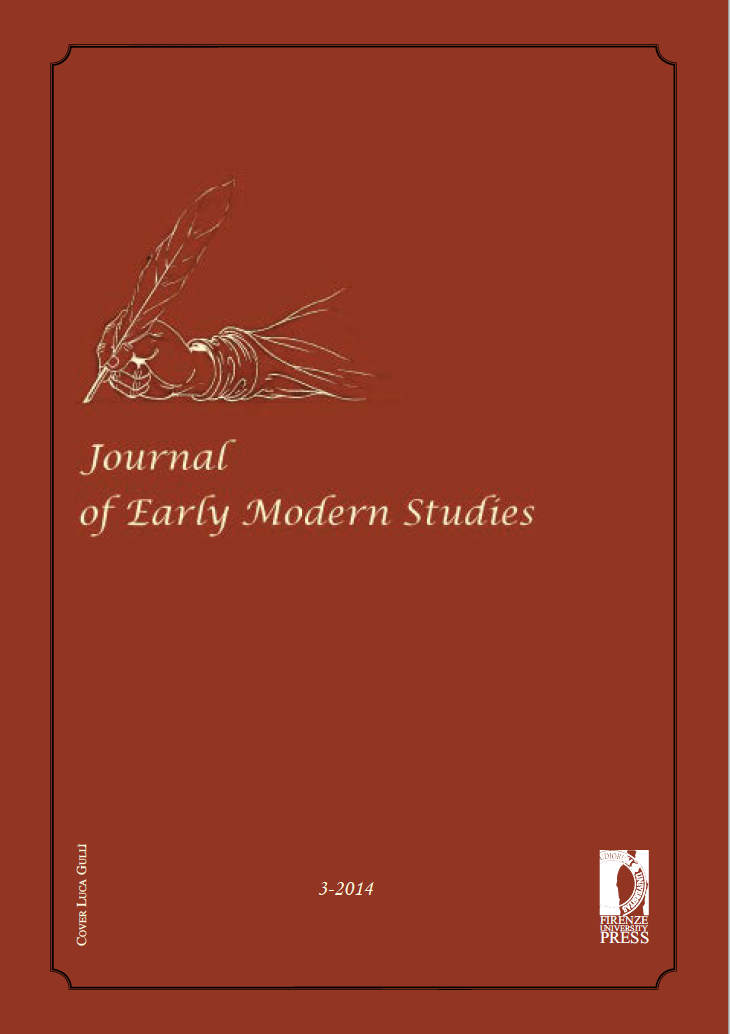The Prefatory/Postscript Letters to St. Thomas More’s <em>Utopia</em>: The Culture of ‘Seeing’ as a Reality-Conferring Strategy
Published 2014-03-10
Keywords
- Eye Witnessing,
- Humanism,
- Paratext,
- Utopia
How to Cite
Abstract
The article discusses the significance of on-the-spot observation and eye witnessing as powerful scientific tools for establishing the real in the early sixteenth century. In particular, I argue that the simulation of such tools in the paratextual material to Utopia, especially the prefatory/postscript letters, enhance, preemptively, the verisimilitude of the Utopian society as well as the materiality of the island at hand. If eye witnessing is reality-conferring, then, the powerful Renaissance act of reading a text as a simulation of eye witnessing is reality-conferring too. In this light, to read Utopia through the paratextual letters is to place one’s trust in the literal existence of Utopia insofar as reading simulates the act of seeing with one’s own eyes and bearing witness to a palpable reality.


